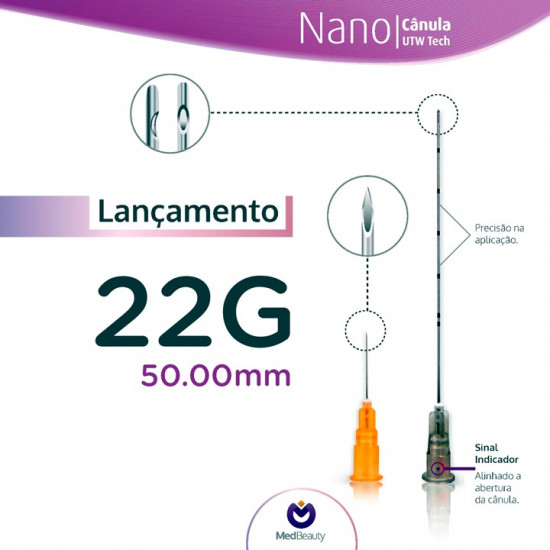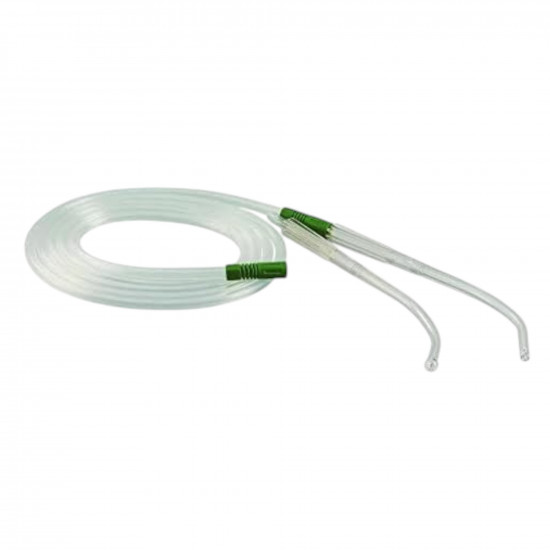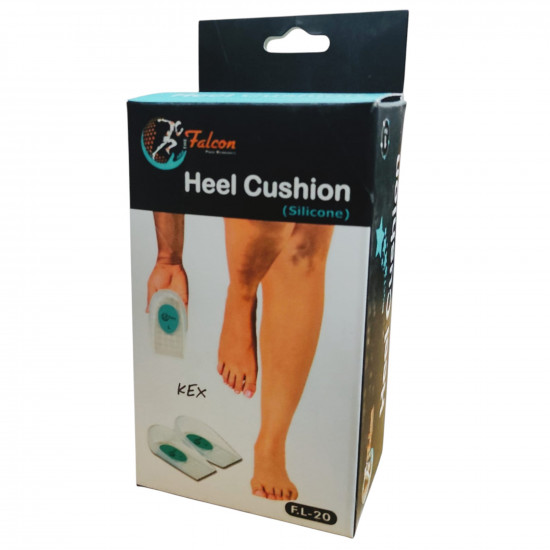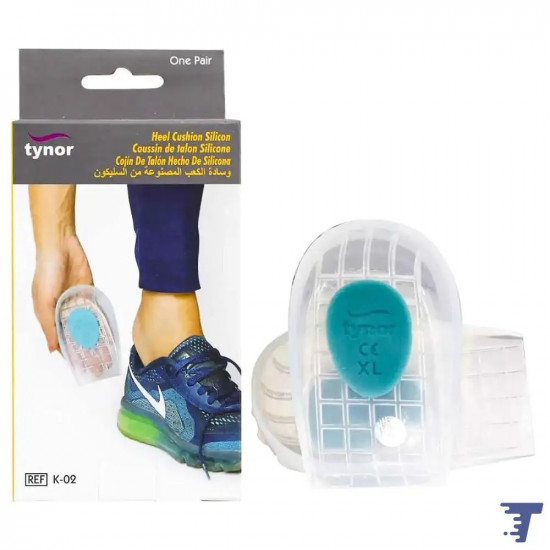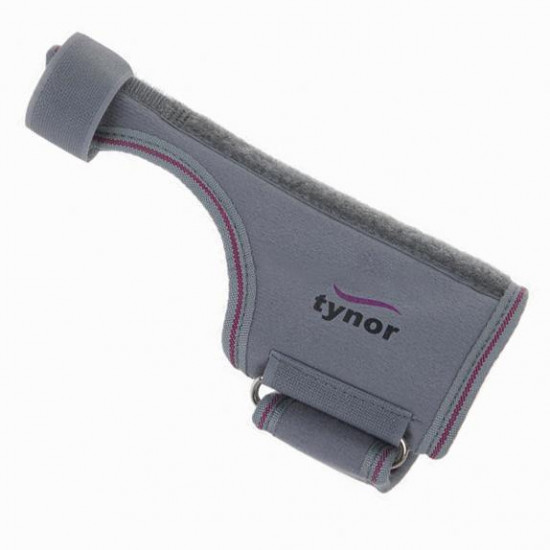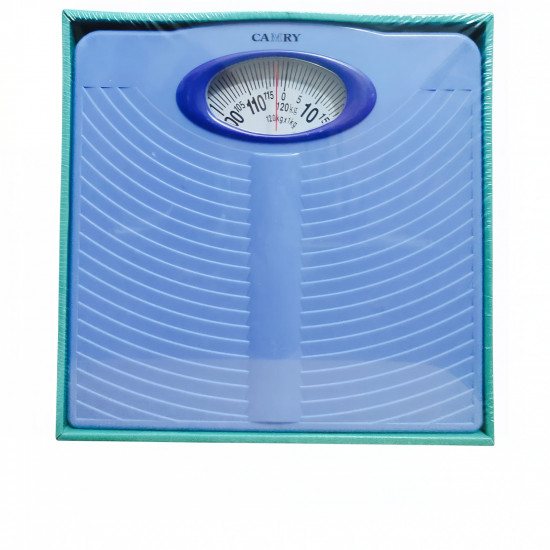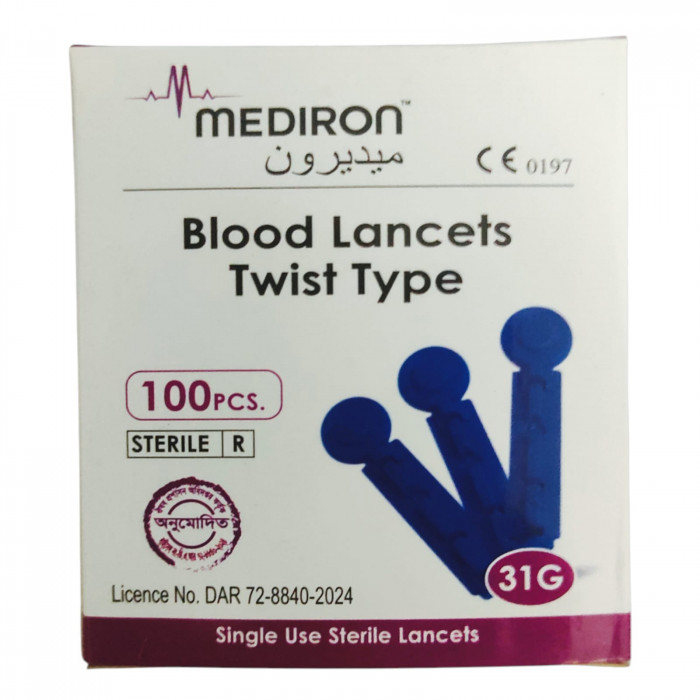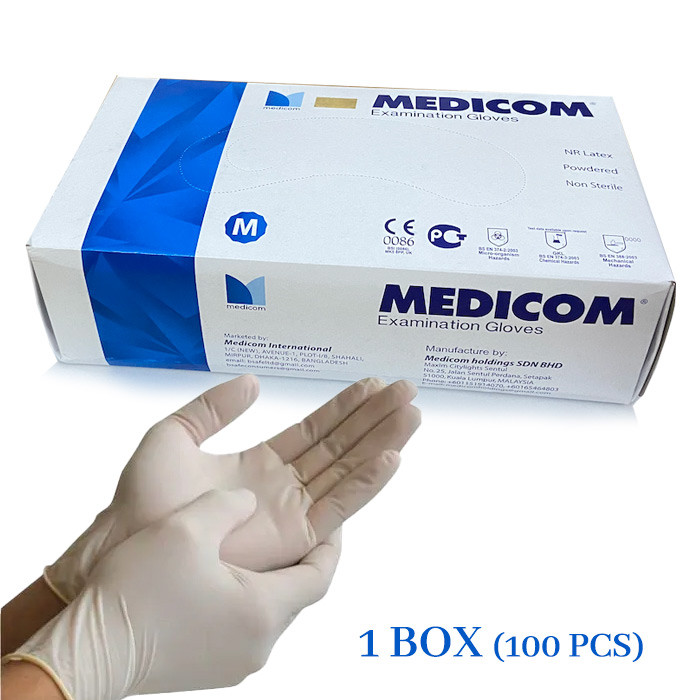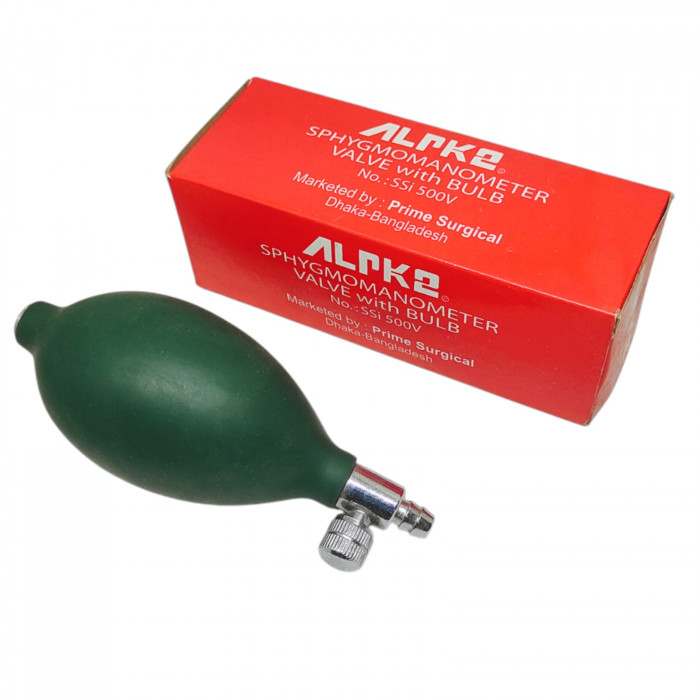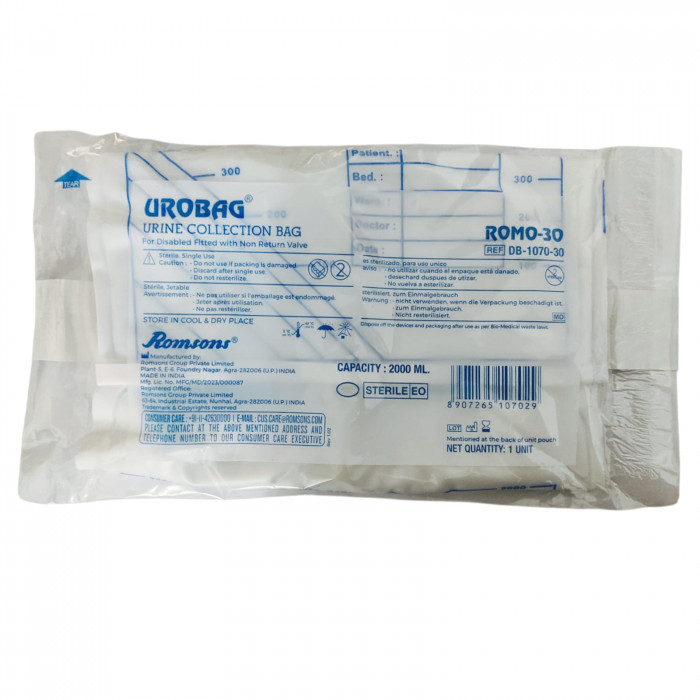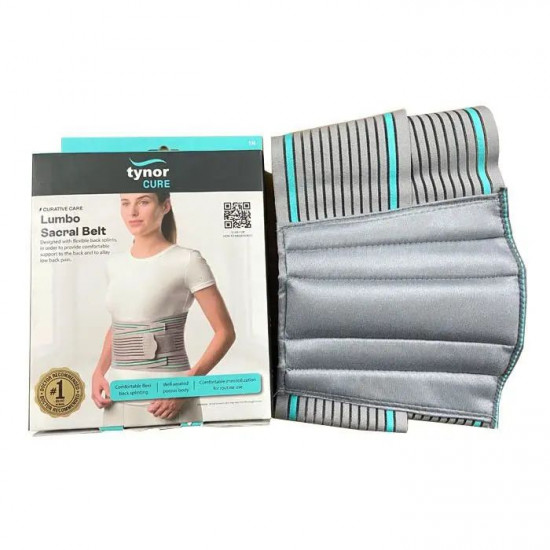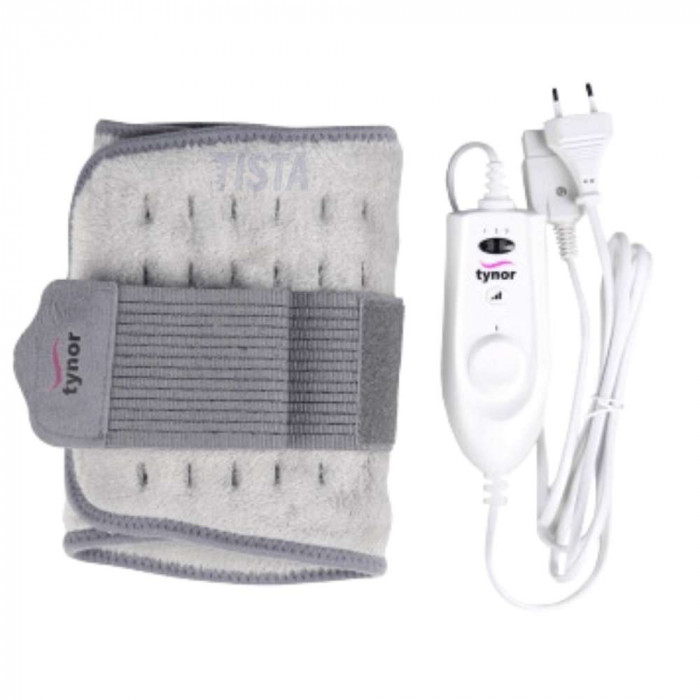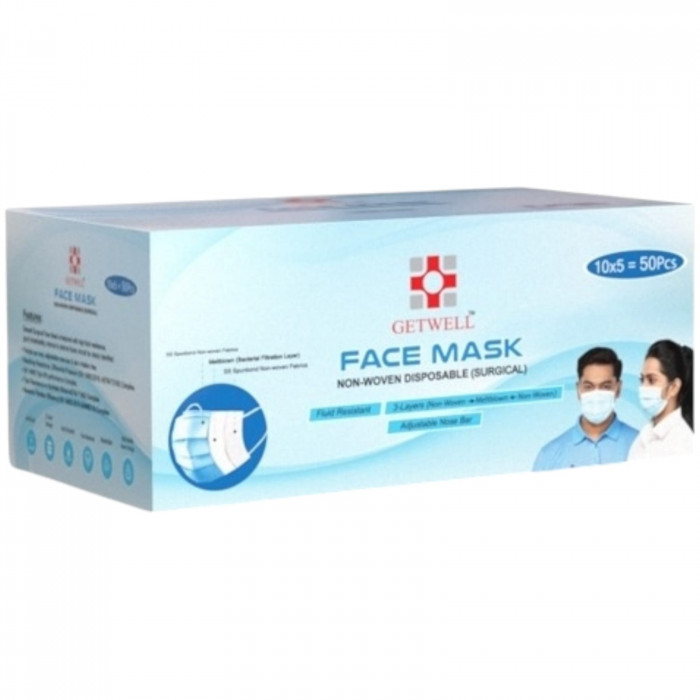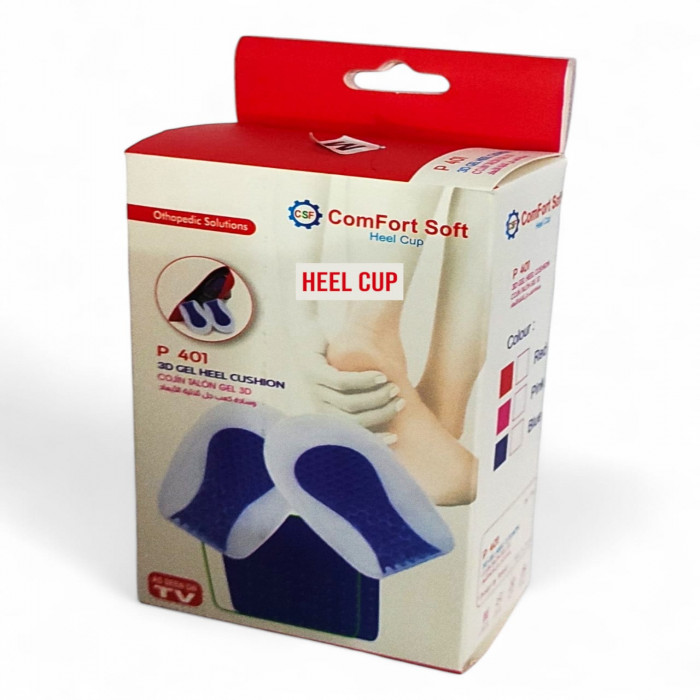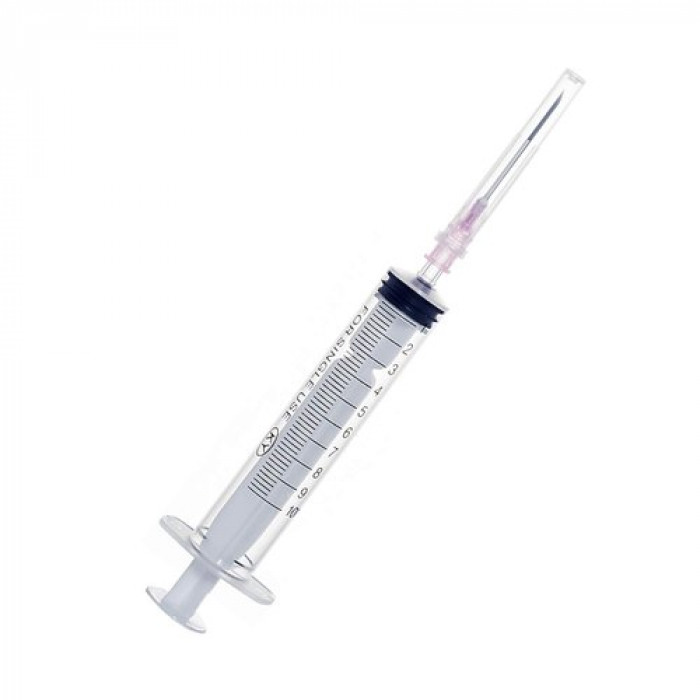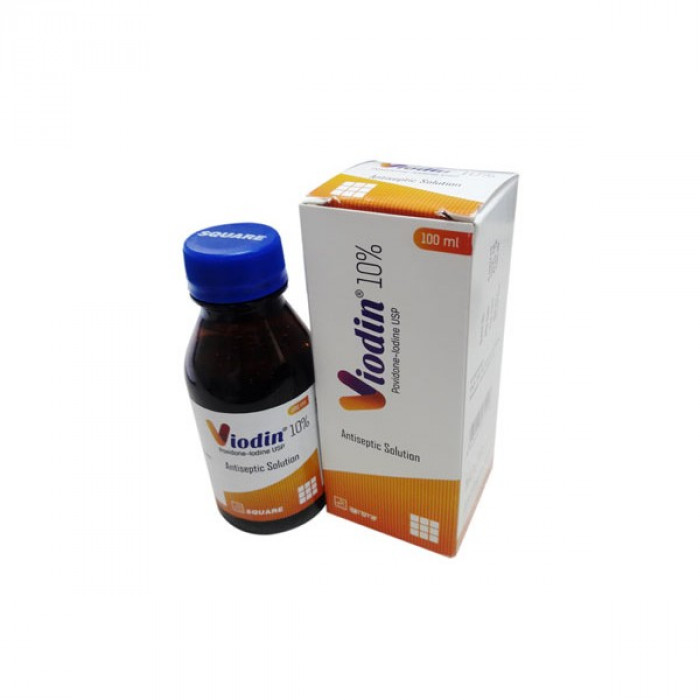
✔ 100% Authentic Product
👁️ Currently Viewing 3013
Type: Solution. Generic Name:Povidone-iodine 10% w/v; antiseptic aqueous solution Manufacturer/Distributor: Square
Discount
Price: ৳ 110
MRP:
৳
120
8%
Off

100% Genuine Products, Guaranteed

Safe & Secure Payments, Always

Fast, Secure & Efficient Delivery

Proper Packaging
 Cash on Delivery - All over Bangladesh
Cash on Delivery - All over Bangladesh Regular Delivery - 12-24 Hours, Dhaka City* Charge Tk.39-59
Regular Delivery - 12-24 Hours, Dhaka City* Charge Tk.39-59 Regular Delivery - 24-48 Hours, Other Cities* Charge Tk.99-110
Regular Delivery - 24-48 Hours, Other Cities* Charge Tk.99-110
 ফ্রি ডেলিভারিঃ - ৯৯৯ টাকা+ অর্ডারে, ঢাকা
শহরে
ফ্রি ডেলিভারিঃ - ৯৯৯ টাকা+ অর্ডারে, ঢাকা
শহরে ফ্রি ডেলিভারিঃ - ২৯৯৯ টাকা+ অর্ডারে, ঢাকার
বাহিরে
ফ্রি ডেলিভারিঃ - ২৯৯৯ টাকা+ অর্ডারে, ঢাকার
বাহিরে
100% Genuine Products, Guaranteed
Safe & Secure Payments, Always
Fast, Secure & Efficient Delivery
Proper Packaging
 Cash on Delivery - All over Bangladesh
Cash on Delivery - All over Bangladesh Regular Delivery - 12-24 Hours, Dhaka City* Charge Tk.39-59
Regular Delivery - 12-24 Hours, Dhaka City* Charge Tk.39-59 Regular Delivery - 24-48 Hours, Other Cities* Charge Tk.99-110
Regular Delivery - 24-48 Hours, Other Cities* Charge Tk.99-110 ফ্রি ডেলিভারিঃ - ৯৯৯ টাকা+ অর্ডারে, ঢাকা
শহরে
ফ্রি ডেলিভারিঃ - ৯৯৯ টাকা+ অর্ডারে, ঢাকা
শহরে ফ্রি ডেলিভারিঃ - ২৯৯৯ টাকা+ অর্ডারে, ঢাকার
বাহিরে
ফ্রি ডেলিভারিঃ - ২৯৯৯ টাকা+ অর্ডারে, ঢাকার
বাহিরে
✅ Description:
Indications
In the following indications, as an adjuvant to systemic therapy:
- Infections on the skin, either primary or secondary
- Surgical incisions that have become infected
- Stasis ulcers or infected decubitus
- Pyodermas
- Infected dermatoses that are secondary to the primary infection
- Traumatic lesions that have become infected
- To avoid microbiological infection in burns, incisions, and other topical lesions on a prophylactic basis.
- The umbilical area or circumcision is used to degerm skin in hyperalimentation.
- Its application to abrasions, minor cuts, and wounds inhibits infection and promotes wound healing.
- Gargle & Mouthwash: It's a pleasant-tasting solution that's used to treat acute mucosal infections of the mouth and throat.
- Prior to, during, and after dental and oral surgery, for oral hygiene.
Pharmacology
Povidone Iodine is a mixture of iodine and povidone, an organic polymer. Povidone Iodine is preferable to conventional elemental iodine because of its polymerization. It extends iodine's germicidal effect by progressively freeing elemental iodine. As a result, it is less hazardous than elemental iodine. Microbicidal action against Gram-positive and Gram-negative bacteria, protozoa, viruses, and fungi/yeasts is achieved quickly. It also has sporicidal properties. It's the only microbicide with such a broad range of effects. It is non-staining, has a long-lasting germicidal effect, and may be used with soap, blood, serum, pus, mucosal secretions, and water.
Dosage & Administration
Cream or ointment:
For the treatment of infection: Apply once or twice daily or at dressing changes for a maximum of 14 days.
For the prevention of infection: Apply once or twice a week for as long as necessary. The affected skin should be cleaned and dried and can be covered with a dressing or bandage.
Solution: Apply full strength as often as needed as paint, spray, or wet soak. Maybe bandaged (where necessary).
Gargle & Mouthwash: Adults and children over 6 years of age: Use undiluted or diluted with an equal volume of warm water. Gargle or rinse with up to 10 mL for up to 30 seconds without swallowing. Repeat up to four times daily, for up to 14 consecutive days, or as advised by the Registered Dental Surgeon/Physician.
Surgical Scrub:
For Preoperative and Postoperative washing by Operating Personnel: Wet hands and forearms with water. Pour about 5 mL of Povidone Iodine Surgical Scrub on the palm of the hand and spread over both hands and forearms. Without adding more water, rub the Scrub thoroughly over all areas for about five minutes. Use a brush if desired. Clean thoroughly under fingernails. Add a little water and develop copious suds. Rinse thoroughly under running water. Complete the wash by scrubbing with another 5 mL of Povidone Iodine Surgical Scrub in the same way.
For Preoperative use on Patients: After the skin area is shaved, wet it with water. Apply Povidone Iodine Surgical Scrub (1 mL is sufficient to cover an area of 20-30 square inches), develop lather and scrub thoroughly for about five minutes. Rinse off by aid of sterile gauze saturated with water.
For use in the Physician's Office: Use for washing whenever a germicidal soap is required.
Powder: Apply a light dusting of powder to the affected area. When dry, this forms a protective antiseptic layer over the area treated. Or use as advised by the Registered Physician. There are no special dosage recommendations for children or elderly patients.
Interaction
Strong alkali, sodium thiosulphate, sodium metabisulphite, and thiomersal all interact with it. When used in conjunction with lithium medication, it has been demonstrated to have a hypothyroidism impact.
Contraindications
Gargle & Mouthwash: It's a pleasant-tasting solution that's used to: It has the potential to produce hypersensitive reactions. Patients with thyroid diseases (in particular nodular colloid goiter, endemic goiter, and Hashimoto's thyroiditis) or those on lithium therapy should avoid using it on a regular basis. Because of the possibility of hepatic and renal damage in severely burned individuals, serum iodide levels should be checked. Povidone Iodine Powder is not recommended for use in significant cavities or in children under the age of two.
For the treatment of oral and pharyngeal mucosal infections.
Prior to, during, and after dental and oral surgery, for oral hygiene.
Side Effects
Povidone iodine can induce skin and mucous membrane irritation as well as hypersensitivity reactions. Systemic side effects such as metabolic acidosis, hypernatraemia, and renal function impairment may occur when povidone Iodine is applied to severe burns or significant patches of skin that are otherwise devoid of skin. Thyroid function tests may be affected.
Pregnancy & Lactation
Povidone Iodine Cream, Solution, and Powder are not suggested for usage during pregnancy due to the risk of fetal thyroid damage if enough iodine is absorbed. According to the American Academy of Pediatrics, using Povidone-Iodine is usually safe when breastfeeding. Please seek the advice of a licensed physician. Gargle and Mouthwash, as well as Surgical Scrub, should not be used on a regular basis by pregnant or nursing women.
Precautions & Warnings
Consult a Registered Physician if you have deep or puncture wounds, or if you have major burns. If redness, irritation, swelling, or pain persists or worsens, or if an infection develops, stop using it and see a doctor.
Solution: Avoid 'pooling' beneath the patient during preoperative prep. Long-term contact with a wet solution can produce irritation and, in rare cases, serious skin reactions. Consult a Registered Physician if you have deep or puncture wounds or significant burns. If redness, irritation, swelling, or pain persists or worsens, or if an infection develops, stop using it and see a doctor.
Storage Conditions
Protect from light and moisture by storing in a cool, dry place below 30°C. Keep out of children's reach.
⚠️Disclaimer:
At ePharma, we’re committed to providing accurate and accessible health information. However, all content is intended for informational purposes only and should not replace medical advice from a qualified physician. Please consult your healthcare provider for personalized guidance. We aim to support, not substitute, the doctor-patient relationship.




